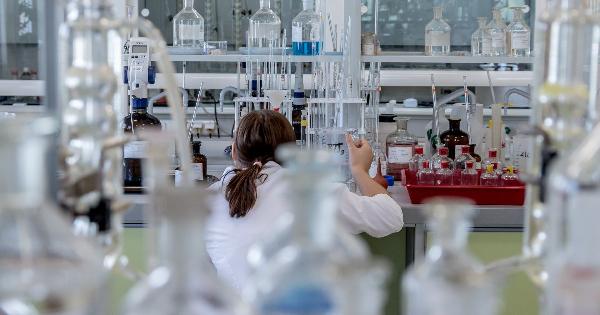
It’s estimated that over 810,000 people work in the chemical and pharmaceutical industries in the United States. One key facet of these industries is the use of radiochemistry to study and utilize ICN radiochemicals and radioactive isotopes. Radiochemistry and radiolabeling have many applications both in the chemical and pharmaceutical sectors allowing for a better understanding of chemical and drug development.
Isotropic labeling, for instance, can be used to track an isotope during a reaction. Likewise, it can also be used to track passage through a cell or metabolic pathway, making the use of radiolabeled compounds useful in medical studies. Radiolabeling via the use of ICN radiochemicals works by replacing specific atoms and adding the compound into a reaction. The position of these replaced isotopes can then be monitored and measured to determine the path of atoms during the course of the reaction. Nuclides used for this labeling may be either stable or radioactive depending on the type of test.
When it comes to labeling there are a couple of ways to detect isotopes.
- Radioactivity
- Mass
- Vibration
Radioactivity can be detected with the use of an ionization chamber, mass spectrometry can be used to detect mass differences, and infrared spectrometry can detect differences in vibrations.
The most widely used radioisotope is Carbon 14. Containing 6 protons and 8 neutrons, Carbon 14 is created through the absorption of neutrons by nitrogen atoms in the stratosphere and troposphere. Carbon 14 also has a radioactive period of 5700 years, making it useful for radiometric dating which works by counting the residual carbon contained within organic matter. This works because organic matter naturally assimilates carbon over the span of its lifetime. Upon death, the carbon steadily decreases allowing for dating based on the amount left to be viable.
Radiochemistry and ICN radiochemicals have many applications across a wide spectrum of industries, and utilizing them correctly can allow for a better understanding of chemical interactions, the development of new pharmaceuticals, and the dating of organic matter. While Carbon 14 remains among the most commonly used for these applications, other compounds such as iodine-125, phosphorus 32, phosphorus 33, and tritium are also used in specific instances.
